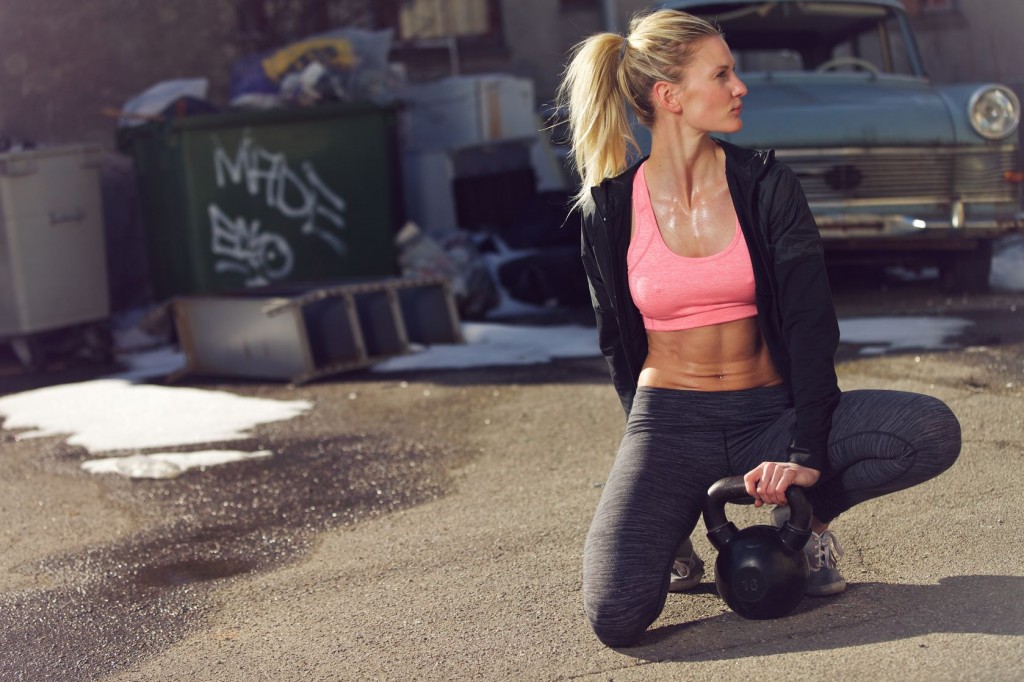Anyone who still clings to the idea that women are physically weaker than men obviously hasn’t met Representative Kyrsten Sinema. The Arizona congresswoman holds the prestigious title of being the first sitting member of Congress to compete in and finish an Ironman triathlon, which consists of a 2.4-mile swim, 112-mile bicycle ride and 26.2 mile run. Not only did she cross the finish line this past November 17th, which is a major feat in and of itself, but she managed to do it in just over fifteen hours; not too shabby at all for a first-time competitor. We’d call her the Iron Lady if that nickname wasn’t already taken… and if she wasn’t involved in politics. We don’t want to give her any ideas.
All (dumb) jokes aside, Representative Sinema’s accomplishment points to a growing trend of women getting involved in more-extreme sports. No longer content with yoga and Pilates, women of all ages are engaging in sports and exercise programs that have traditionally been considered male-dominated. Take, for example, CrossFit, which is a strength-based conditioning program that aims to improve muscular strength, flexibility and endurance by mixing weight training, body weight exercises and aerobics. People hear the word “strength” and assume that men will make up the majority of participants. That might have been the case back when CrossFit first debuted as a legitimate training regimen, but it definitely does not apply now.
According to a recent article by fitness blog TabataTimes, out of the 138,000 people who signed up to participate in the CrossFit Games Open this year, almost 50,00 participants were women. While that doesn’t seem like much when compared to the boys, what’s astounding is that female growth in participation between 2012 and 2013 was tagged at 129 percent, outstripping the males, who clocked in at only 109 percent. To make things even more interesting, some of the highest growth for women was seen in the 45-49 and 50-54 age brackets, with 106 percent and 105 percent growth rates respectively, proving that even amongst women the fitness game isn’t just for younger generations. If female participation continues to grow at this rate, in a few years we might see CrossFit being dominated by female athletes.
This can only be seen as a good thing, especially since the benefits of exercise, and strength training in particular, have long been extolled by health experts, some of which include: building strong bones, staving off health conditions like heart disease and diabetes, improving mood and boosting energy. The fact that CrossFitters usually develop bangin’ bods complete with sleek abdominals doesn’t hurt, either. A word of caution: CrossFit and other programs like it are grueling, and can really take a lot out of a person, both mentally and physically. Before you sign up for a class or start training for a marathon, evaluate your fitness level and speak with a health professional if you have concerns about what your body can or can’t handle. If you find that you’re ready for something more extreme, maybe skip your usual spin class next time you’re at the gym and see if they offer a CrossFit class. After all, like Annie Oakley says, anything boys can do, girls can do better.












-300x169.jpg)




